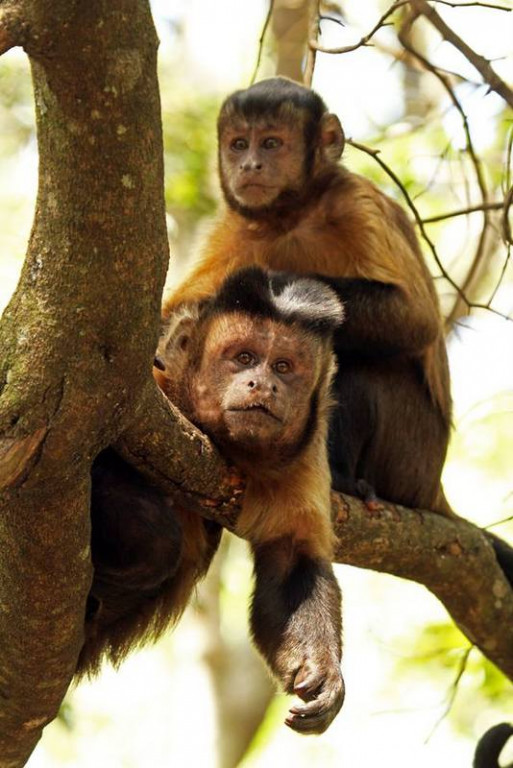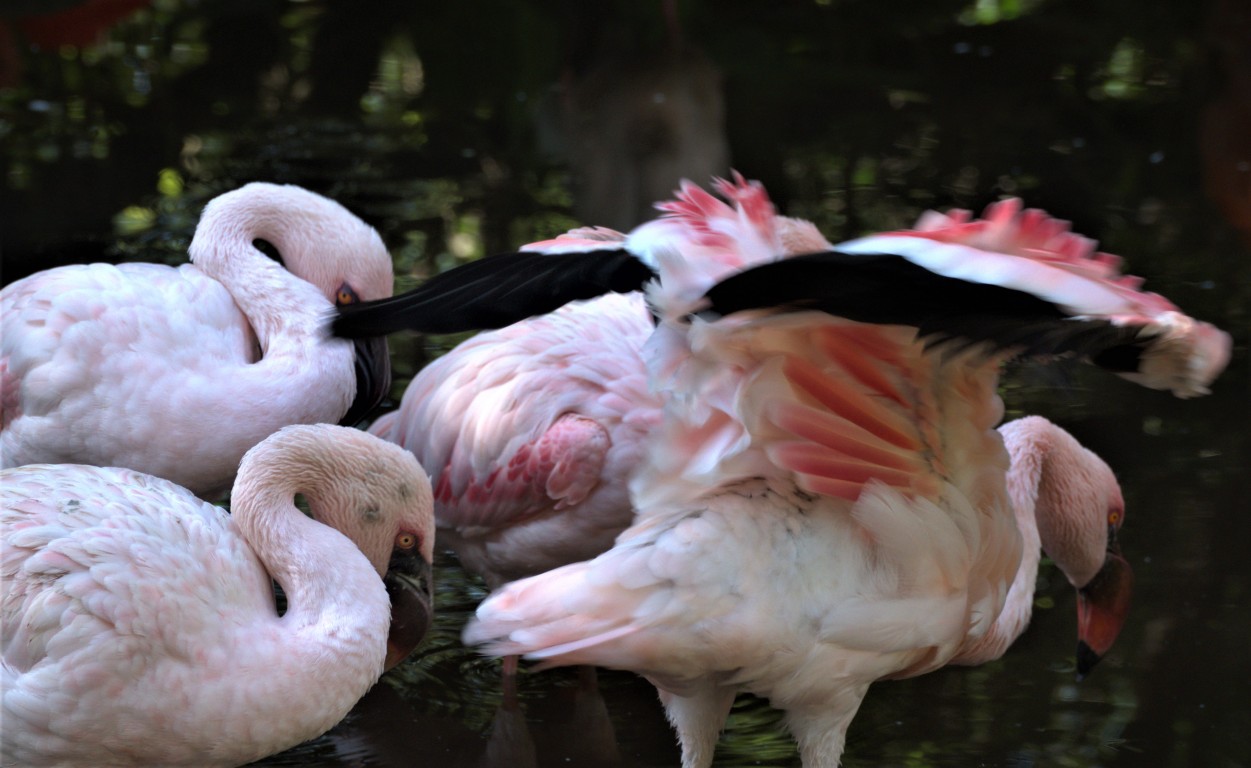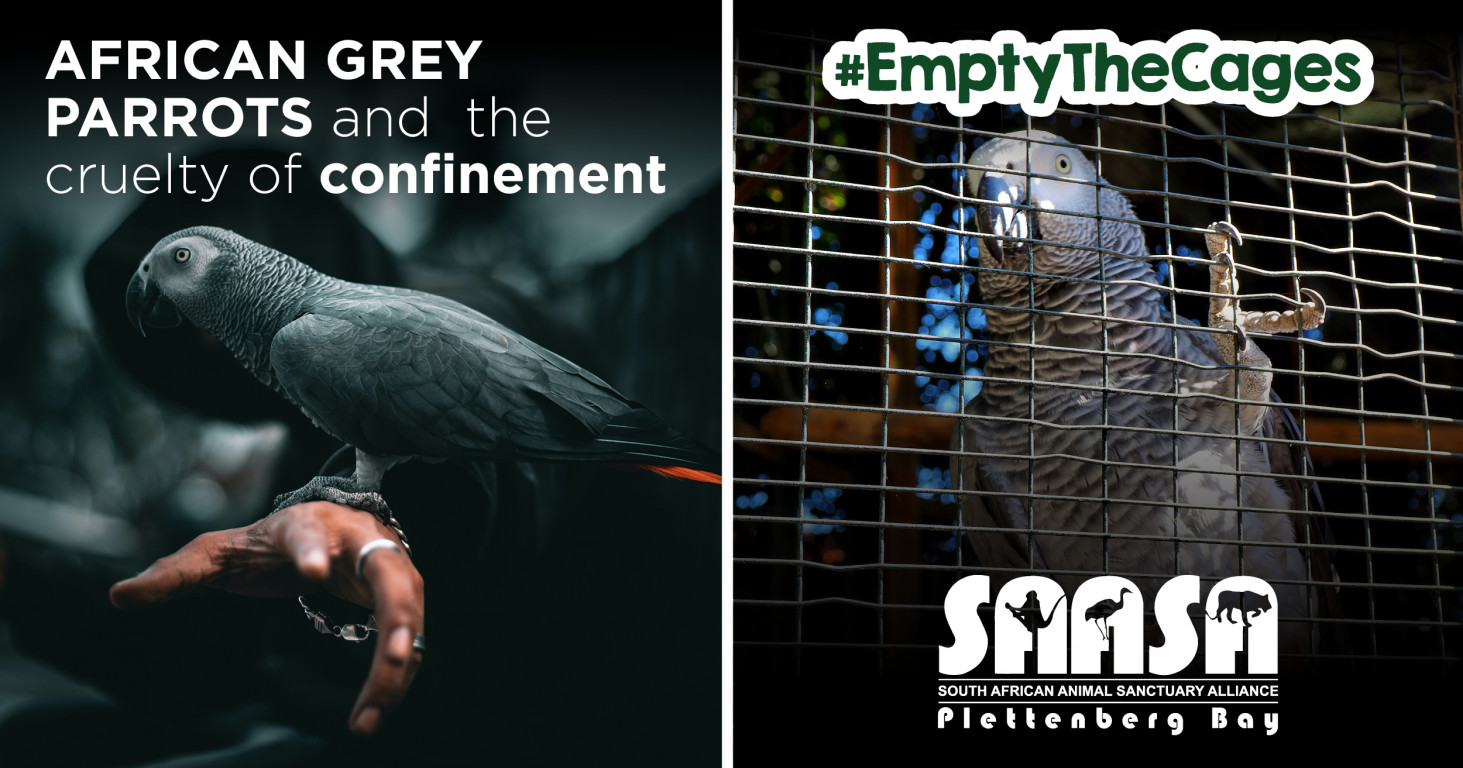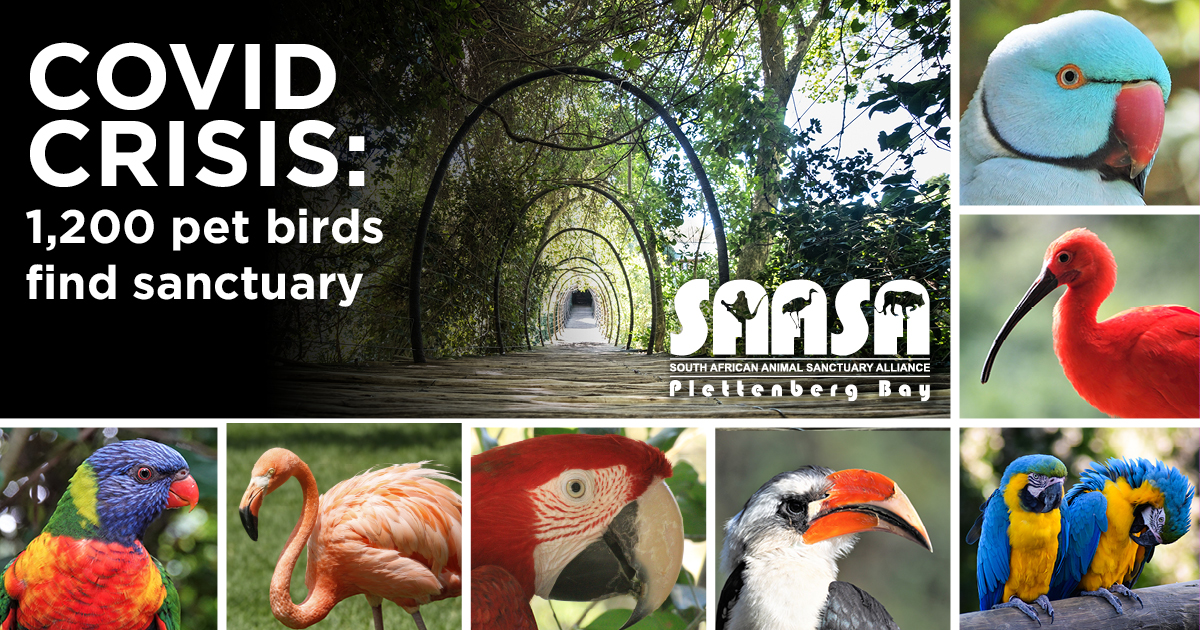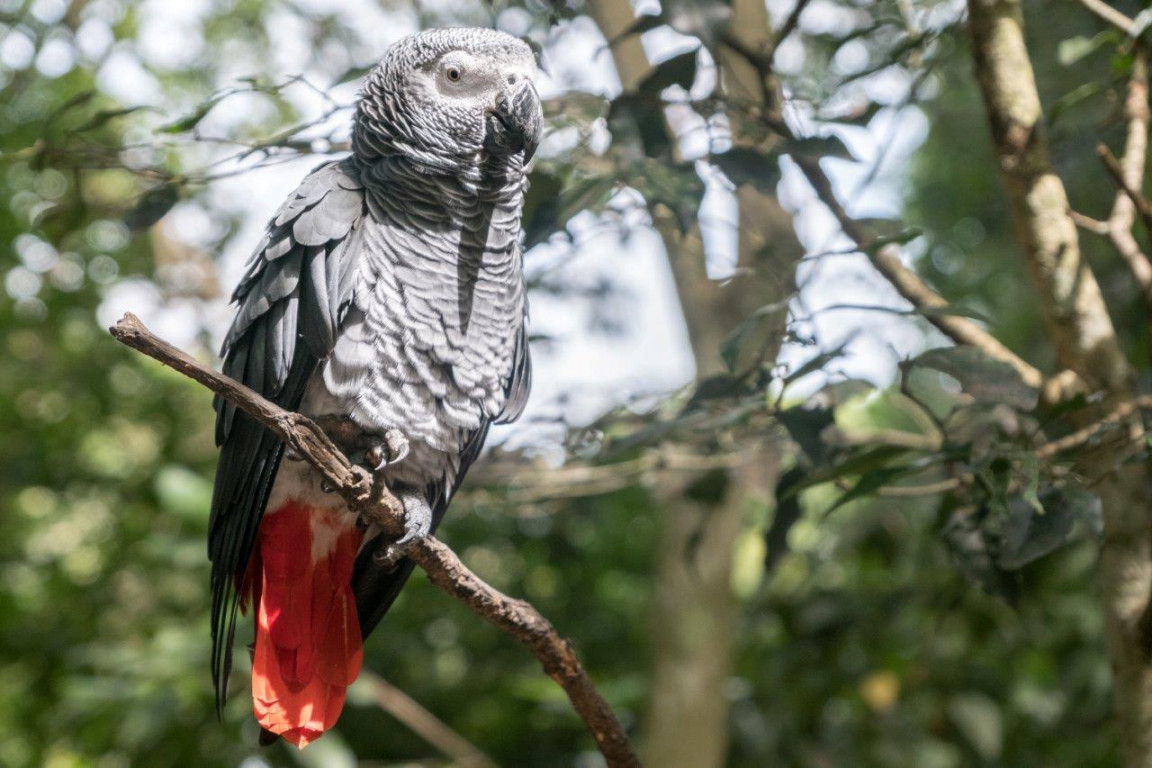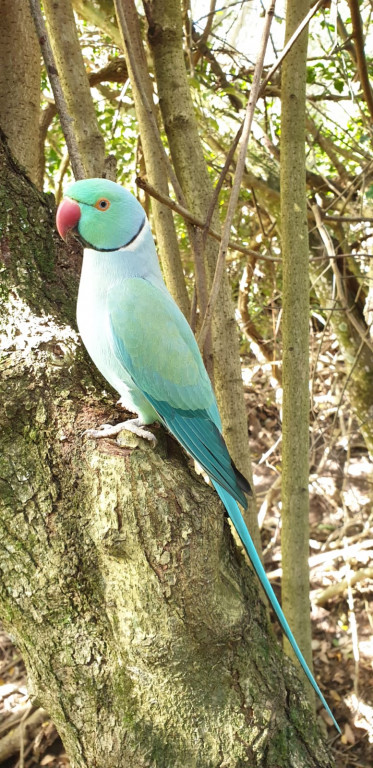Its an idyllic sanctuary; a fenced-in piece of primate paradise where ex-pets, unwanted zoo animals and laboratory refugees get to swing around on prehensile tails and opposable toes in a verdant world of trees, hillsides, valleys and streams.
If monkeys have a heaven, then Monkeyland is it.
The doors are open to the public all year round, and there are fun-filled guided tours throughout the day. But the monkeys here seem to enjoy themselves even more than the human visitors. Not a minute passes when you cannot observe a plethora of furry bundles playing around with all the energetic gusto of toddlers on coffee.
Even when the little darlings are fighting, mating in front of the kids or pooping down the back of your neck, you can’t help but love ’em.
They’re all just so adorable. Nobody really knows how many monkeys live in The place is too big and the residents too twitchy to allow an accurate head count. But what is known is that between them the Monkeyland populace manage to consume more than 250kg of fruit, veggies and biscuits every day.
“I think what makes this place so much fun,” says Lara Mostert, Monkeyland’s founding mother, “is that we can all see elements of ourselves in a monkey’s behaviour. They can be so like people at times.”
She pauses for a moment and looks up into the canopy to where two monkeys sit grooming each other tenderly. “Monkeys, however, are much nicer than humans,” she says.
Tony, Lara’s partner and the ‘business brains’ behind the project, also peers upwards and chuckles as two sibling lemurs wrestle overhead. “I’m really proud of what we’ve achieved here,” he tells me. “But believe me, it took an awful lot of effort to get to where we are now.”
I look around at the numerous chattering primates in the trees, the manicured forest paths and the groups of fascinated tourists being led around by confident guides, and I wonder how and why you would go about establishing a free-range primate sanctuary such as this.
CREATED AS A HAVEN FOR MISTREATED PRIMATES, MONKEYLAND HAS BECOME ONE OF THE GARDEN ROUTE``S BIGGEST TOURIST ATTRACTIONS
I soon discover, while talking to Tony and Lara, that the answer to the question is with blood, sweat, determination and, especially in Lara’s case, a very caring heart.
“Back in the late 1960s and early 70s when I was guiding tourists throughout Africa, monkeys were common almost everywhere,” said Tony. “But nowadays, due to habitat destruction, the pet trade and the bush meat industry, most of them have gone.”
It was while guiding in Inyati Game Reserve near Kruger National Park that Tony met Lara, a tourism student with a passion for primates. Between them they hatched a plan for a free-range monkey sanctuary which they hoped would one day become a successful breeding facility for rare and endangered primates.
“We spurred each other on, fantasising about what seemed an impossible dream,” said Lara. “But with Tony sharing my vision, I decided to dedicate myself to making the dream come true.”
Today that dream is manifest in the form of Monkeyland; a successful and wonderful place which attracts tourists from all over the world and helps maintain breeding populations of monkeys that might one day disappear from the wild.
“Most of the monkey sanctuaries I’d previously seen were underfunded, run down and rather depressing places,” said Tony. “They were surviving on charitable donations and their animals were often kept in tiny cages.”
“Monkeys are sociable creatures,” interjected Lara, pointing up into the trees where a multitude of monkeys played. “They need friends and family around them, just as we do. They also need space and trees to be happy.”
With that in mind, she and Tony came up with the idea of making Monkeyland a tourist attraction.
“The gate fees pay for the food, the space and the staff at Monkeyland,” said Tony “We never have to beg or ask anyone for handouts. The project is not only self-sustaining, but also a financial success.”
The Garden Route, being both forested and well visited by tourists from all over the world, was an obvious choice for Monkeyland’s location, so in 1995, Lara and Tony bought themselves a caravan and went in search of their dream in the area. And it didn’t take them long to find the perfect spot.
“We found a patch of forest and bought it the next day,” said Lara. “That was when Monkeyland was born.”
Then the work began . . .
“Tony took on the construction side of things, building us a small home to start with, and I dedicated myself to looking after the monkeys that we’d acquired from pet shops, monkey suppliers and research facilities,” said Lara.
“Then, through a series of cunning plots and ploys, Tony managed to close down the suppliers. If there is one thing both of us are totally opposed to, it’s selling monkeys as pets.
“If you want your life to become a nightmare, then sure, go buy a monkey,” continued Lara. “It will trash your house and attack your friends. But more than that, deprived of the companionship of its own kind, it will become depressed. It’s just cruel to keep a monkey as a pet.”
At first Lara and Tony’s monkeys were housed in large cages in the forest, then, one by one, they were released into the semi-wild environment of
“It was really rewarding watching how well they adapted to a natural lifestyle. And, as you can see,
they are all now more or less wild animals again.”
Tony and Lara worked day and night for a whole year, building the infrastructure, preparing the food, taking care of the animals and training staff, before they were ready to open the door to visitors.
Then, initially, nobody came.
“Some months we had less than a handful of visitors. It was really worrying,” said Lara. “But by and by, things got better, and now, 10 years on, visitation is through the roof. As a result our vision has expanded to include a giant aviary, an overseas project and a special home for special monkeys.”
Some of Monkeyland’s residents are disabled and old and these are the special cases, ‘retired’ to a lovely forested enclosure separate from the main complex. “Why don’t you come and take a look,” said Lara
I was escorted to a pretty little patch of woodland where old and infirm animals, some of which had lost limbs, teeth and eyes due to age or mistreatment by former owners, lived out their lives in carefree bliss.
“These are my favourites,” said Lara. “It makes me feel so good that we’ve managed to provide them with a good quality of life.”
The monkeys, apes and lemurs at Monkeyland are truly fortunate to have such a lovely home and such compassionate people watching over them. But at the end of the day, Tony and Lara are the ones who feel fortunate.
“It was always my dream to work with monkeys and live in the forest,” says Lara, “and that’s exactly what I’m doing. I’m as happy as a monkey in a mango field.”



